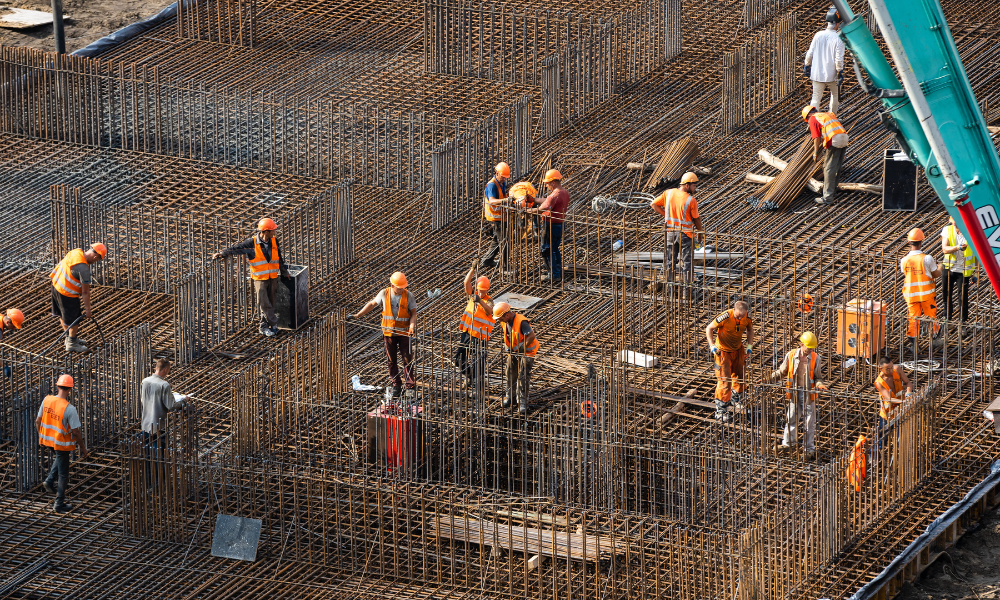ASSP introduces new voluntary safety training standard

The American Society of Safety Professionals (ASSP) has introduced a new national voluntary consensus standard to enhance safety training on construction and demolition sites—two of the most hazardous work environments.
The newly published ANSI/ASSP A10.2-2025, Safety, Health and Environmental Training for Construction and Demolition Operations, establishes best training practices to help organizations identify and eliminate workplace hazards that lead to injuries, illnesses, and fatalities.
Standardizing safety training
The new standard outlines key areas of training, including new hire orientation, site safety protocols, regulatory compliance, pre-job briefings, supervisor leadership training, and retraining requirements. It also emphasizes the importance of training evaluations, documentation, and record-keeping as essential components of a comprehensive workplace safety program.
“Uniform practices for training construction personnel can create much safer jobsites,” says Gary Gustafson, chair of the A10.2 subcommittee. “A key element of that training is communicating hazards and hazard controls with workers for each task.”
Gustafson underscores that effective training ensures workers can identify potential risks before starting a job. “Project constructors must ensure that all site personnel recognize hazardous conditions and safe work practices related to their assigned job activities before work commences,” he says. “This standard creates the foundation for that training.”
Addressing gaps in regulations
ASSP emphasizes that voluntary consensus standards like A10.2-2025 help fill gaps where federal regulations may be outdated or insufficient to fully protect workers. These standards provide companies with the latest expert guidance to improve safety practices, reduce injuries, and enhance sustainability in construction operations.
“We are a leading developer of workplace consensus standards that reduce injuries, illnesses and fatalities,” says ASSP president Pam Walaski, CSP, FASSP. “Our committees provide a technical expertise that ensures our standards reflect the latest industry advancements and best safety practices.”
Beyond worker protection, effective safety training can help companies avoid the financial and reputational consequences of workplace incidents, which may include medical expenses, equipment damage, liability claims, lost productivity, and environmental impacts.
ASSP continues to expand its commitment to workplace safety. In its last fiscal year, the organization created, reaffirmed, or revised 15 standards, technical reports, and guidance documents, engaging 1,400 safety experts from 500 organizations. The Society and its partners also distributed nearly 25,000 copies of safety standards.





